Opening “a liturgical Pandora’s box”? A parish priest reflects on the “family Mass”
By 9.30 am on a Sunday morning our car park is jam-packed, as hundreds of people fill Brentwood Cathedral for Mass. The whole building hums with prayerful expectation before Mass begins. Drawn together by Christ, the splendour of the Church becomes a visible reality in the believing community. It’s a moment that still moves me and brings me to my knees in thanksgiving.
As in other parishes, this Mass is sometimes described as the “family” Mass. The description is true in a number of senses. Firstly, at this Mass, you glimpse something of the inter-generational breadth and diversity of the parish family. This is not a self-selecting group, but a congregation that finds its unity in the Holy Spirit and in proclaiming a common faith in Jesus Christ.
Secondly, this Mass does attract large numbers of families with children and their presence gives our worship of the Triune God a special vitality and joyfulness. In particular, the openness of children to Jesus rubs off on all of us and helps the whole community train our sights on the Triune God with a renewed, child-like wonder. Our children teach us to pray as much as we, adults, teach them.
An established children’s liturgy has become the place where our children encounter Jesus, above all, through the Sacred Scriptures. We have been very careful to ensure that our children’s liturgy is not a crèche, a Sunday school or that it is not perceived as an excuse to extract the children from the church, so that adults can have some peace.
The children’s liturgy may take place outside the main church building and its celebration may be tailored so that our children can better participate in it, but, in terms of liturgical shape and form, it is no different from what is being celebrated by the adult community. There is no generational apartheid in our worship. We worship the one God as one community. There is something very healthy about that.
We want our children to experience God speaking to them; we want them to hear Christ proclaiming his life-giving gospel. We want them, along with the whole community, to respond to this with a deep, interior desire for Christ, expressed in an external way through sacred song, ritual action and prayer.
Sometimes, discussion about the liturgy at a “family” Mass is reduced to the question about noise, that is, the problem of too much noise. I’m not sure how helpful such a narrow focus of concern this is. Certainly when I began thinking about producing an A4 insert for our parish newsletter with ideas to help parents with children, my starting point was more general. Were there ways in which we as a community, and especially our families, might enter more fully into the sacred realities we were celebrating? Might our outward symbols and actions be more fluent expressions of our inward spiritual attitudes and dispositions? To my mind, the answer to both these questions was “yes.” But I needed to test my “yes” and so began to ask fellow priests and parishioners, especially those with children, what they thought. This period of consultation was invaluable because, from the experience and knowledge of others, the bare bones of my ideas were given flesh.
Some people warned me to stay away from the issue, that it was a liturgical Pandora’s box. Better to say nothing, they advised, rather than risk having parents feel got at. Their warning gave me pause for thought. There were risks. Writing anything is open to multiple interpretations and one cannot predict how people will respond. But if we do not find ways of talking about important things in an adult way then we will never mature in Christ as a community. A religious infantilism will grip us and we will spend our energies protecting our own interests, instead of giving ourselves to the transcendent mystery of the Triune God. There is no more important thing than the liturgy, that “foretaste of the heavenly liturgy”, the praise of the Eternal Father in the Spirit by the Son. I am convinced it is worth talking about and that this can be done in a way that need not be either paternalistic or patronising. My A4 insert is an honest attempt to do this.
I drafted some brief tips and ideas for families with children that might make their encounter with Christ at Mass more resonant. The draft was scrutinised by priests, parents and parishioners. Too long, too wordy, too theological, some replied, and they were largely right. Not prescriptive enough, others complained. Though it seemed to me that some of the prescriptions these people suggested were better suited to private devotions than public worship with children.
For most people, there was nothing threatening about reminding the community of the importance of the liturgy as “the source and summit” of all our activity. How are parents and their children to know how to behave, they argued, if they don’t have some sense that the liturgy is the action of Christ and the Holy Spirit, the place where we plumb the inexhaustible depths of the Paschal Mystery.
A priest friend offered to post my draft on his blog. I was curious to see how my ideas would fare on the blogosphere. Comments began to appear and a feisty blog debate developed. (You can see the blog-post and the comments here). However, the responses of these internet commentators did help to refine my thoughts. I began to focus my attention on the essential things that I believed would help my community join with Christ, our high priest, in glorifying God and the sanctifying of humanity. I started to do some serious editing.
I have ended up with a rough guide for parents with children, but one that I expect will be read by the whole community. You can read it here. It has a very basic aim – to find creative, affirming ways for the community to enter into the divine mysteries of the Mass, so that, together, we can meet Jesus. Could I have said more? Yes, of course. Might I have articulated things better? Possibly. Was it worth the risk? Let’s see…
[You can see the full text of the suggestions here, originally posted on the Brentwood Cathedral site here].
Tags: Brentwood Cathedral, children, children's Mass, faith, family Mass, featured, parenting
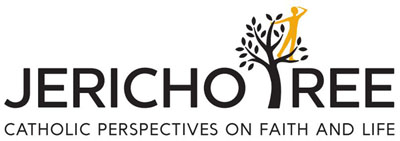


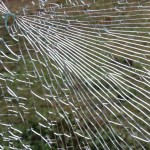





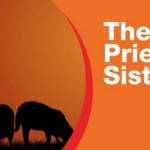


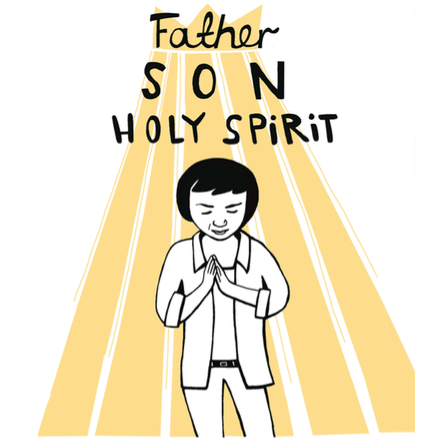




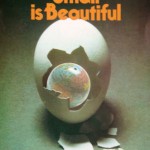
I found the sentiments expressed interesting and was glad that so-called ‘children’s liturgy’ was not being pushed – merely suggested.
I am a firm believer that the Mass is the coming together of God’s family, meeting in his presence and celebrating the fact that we as a whole community belong to him and to one another, and should be together from start to finish.
Within reason, it is right and proper that children are both seen and heard at Mass, and you make some good practical suggestions here.
We can and should be imaginative in the active involvement of our younger members alongside, and together with, the adults.
If people (and clergy) really do want the children to get more out of the scriptures, then why not a sort of short Sunday school either beforehand or afterwards?
However, my feeling is that the majority of people would not want to make that sort of commitment.
Good to discuss these things.
(A parish priest in the North-west)
I am a mother of three young children. Overall I find the list reasonable. I’ve not been inside the Brentwood cathedral, so I don’t know the layout there, but I’m picturing these to myself in the Liverpool cathedral and could see them readily applying there. In my parish it is less obvious if my child is walking around a little or jabbering, but the acoustics in the cathedral and the layout would make it more obvious. May God bless you, Father. I’ll try to remember you in my prayers.